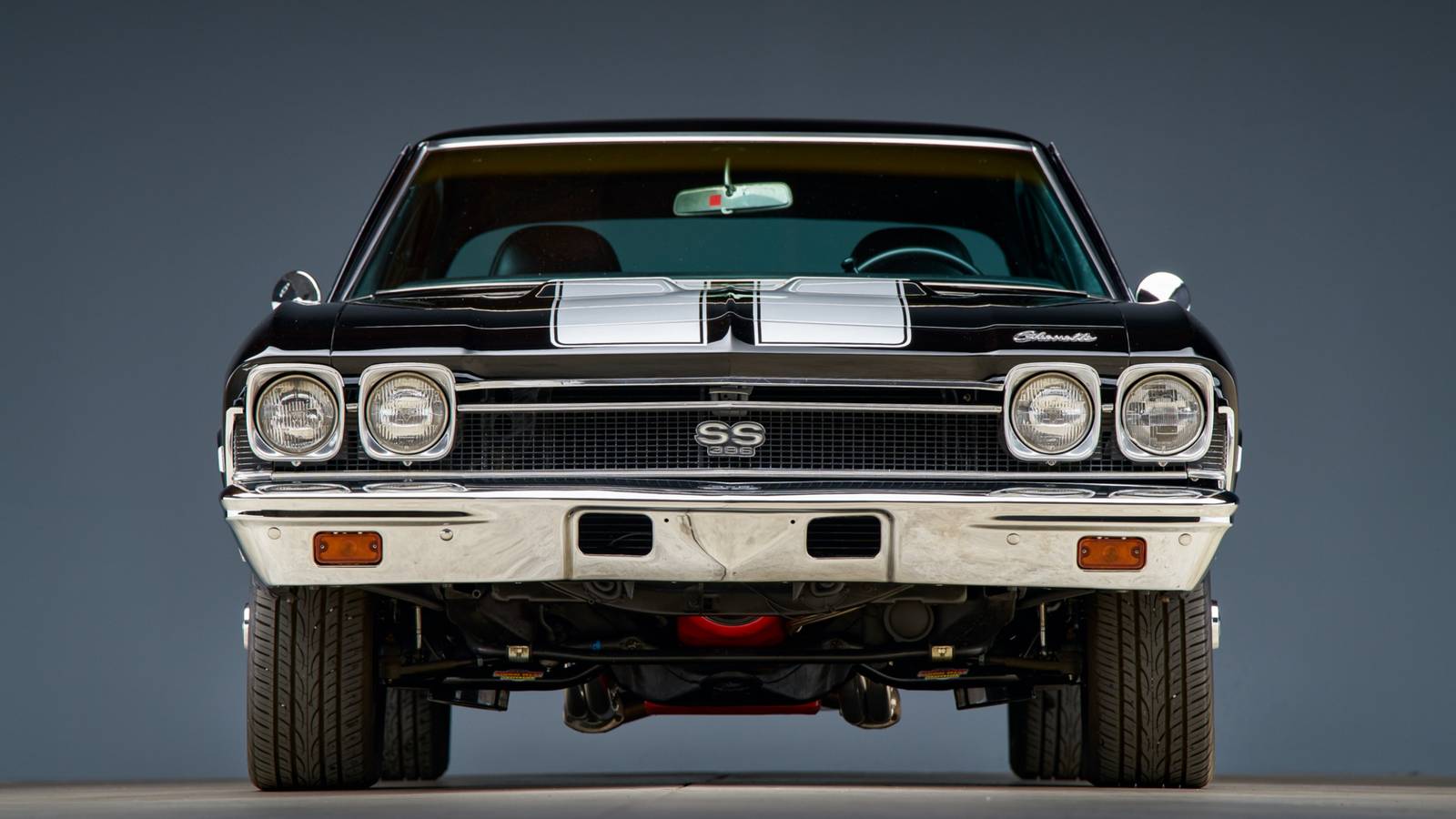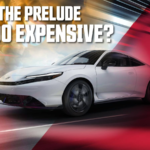Horsepower is a key specification most people will at least consider when looking at buying a new vehicle. After all, there’s nothing worse than buying a car only to realize that it doesn’t have enough power to overtake someone on the highway, or get you going from the lights at a reasonable pace.
However, even the average grocery getter sports horsepower figures rivaling high-end performance cars of just a few decades ago, so how much do horsepower numbers really matter these days?
In 2021, according to the Department of Energy and the EPA the average horsepower for light-duty vehicles is 254HP. According to the report, “From 1975 to 2021, horsepower has increased by about 84% while engine displacement has decreased by 40%.”
That would have been supercar territory in the 1980s, and not far off the highest-performance road cars in the 1990s. However, there’s some context to this as well. As more technology and safety features are added to cars, they become heavier. Heavier cars need to have more power to maintain good driving performance.
The rise of the SUV as America’s favorite type of vehicle is another major factor. These cars are even heavier, so a 250HP SUV isn’t exactly screaming off the line.
That said, average cars are becoming more performant. According to a 2016 article by the American Council for an Energy‑Efficient Economy (ACEEE), the average 0-60 times for U.S. light-duty vehicles has improved by about 40% since 1978. Looking at a more recent source, in 2022, the EPA reported that for model year 2021, the average 0-60 time was around 7.7 seconds, and at that time it was projected to go down to 7.5 seconds in 2022.
Of course, EVs muddy the waters with that average, but a separate study by the Argonne National Laboratory found an average 0-60 time of ~6.9 seconds in 2021 for PHEVs, and ~6.2 seconds for non-Tesla BEVs in the same year as the EPA report.
We can’t really get good figures for average top speed, because, of course, at some point, vehicles started having electronically-imposed top speed limits. Either way, on balance, I’m comfortable in saying that the average light motor vehicle, of any type, has been getting faster. However, at some point, surely that trend has to slow down and eventually stop, right?
More horsepower doesn’t mean a better car. At some stage, regular light vehicles that aren’t aimed at people looking for high performance can cause more problems than they solve. Peak horsepower is much less important for good day-to-day driving characteristics than gearing and torque.
Modern cars already accelerate and reach higher speeds than driving on public roads requires. So, if it’s going much higher than that 250HP average I mentioned above, it’s questionable what the benefit would be.
While it’s amazing that modern engine technology can get so much more power without a linear increase in displacement, more horsepower doesn’t come for free. More powerful engines come with more maintenance and complexity.
Apart from that, lots of horsepower and torque can make driving for normal drivers harder when it comes to traction, braking, and handling. Modern cars do have systems to take over all those aspects of driving if a car starts to get away from you, but that just means you’re paying for horsepower you don’t actually use because various electronic nannies are stepping in to limit things.
EVs have really lost the plot when it comes to peak power and performance. While it’s certainly cool to have an electric car that can do 0-60 in less than three seconds, this is of zero practical value for average drivers and arguably dangerous in the wrong hands.
Horsepower figures are an easy way to market a vehicle, though I have noticed that with most cars having more performance than most people need these days, marketing has shifted more towards focusing on safety and luxury features. However, even with more performance-oriented cars, marketing around power is easier than the other essential parts of performance: ride balance, control, and handling.
Popular driver’s cars like the Mazda Miata, Toyota 86, or Nissan 350Z all have horsepower in that (approximate) 300HP or less zone. The focus isn’t on outright peak power, but a balance of the different ingredients that make for a good drive.
In fact, for most people, I don’t think horsepower figures or 0-60 times are even worth looking at anymore. It would have to be an extraordinarily slow and underpowered car indeed for that to be a problem. For the rest of us, there’s plenty of power to go around, and it’s probably better to invest in other aspects of a car’s features.
We want to hear from you! Share your opinions in the thread below and remember to keep it respectful.
Your comment has not been saved
Stop using “stop doing…” as an article title. 


















